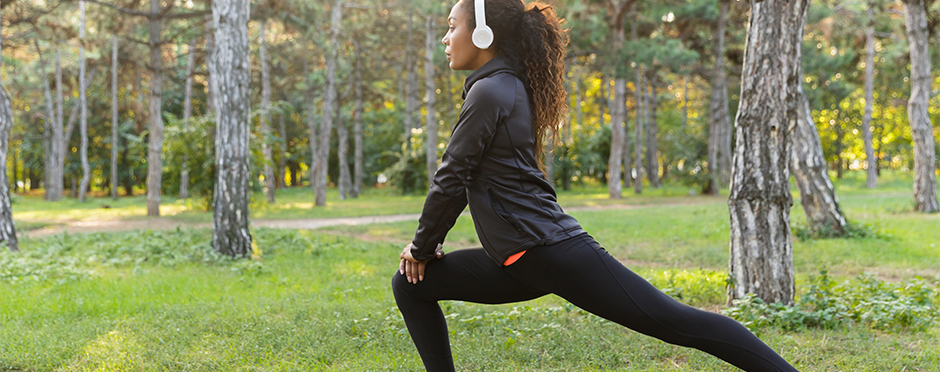
How Much Do You Know About Stretching?
Leave a CommentPeople always mention the importance of stretching, but what does that truly mean? There are many stretching options for you, and the benefits of stretching vary with the type and how they are performed. How much do you know about stretching?
If you want to learn more about proper stretching or ask questions, schedule a free assessment in clinic or virtually through our telehealth platform.
*Per federal guidelines, beneficiaries of plans such as Medicare, Medicaid, Tricare, VHA and other federally funded plans are not eligible for free assessments.
The Athletico blog is an educational resource written by Athletico employees. Athletico bloggers are licensed professionals who abide by the code of ethics outlined by their respective professional associations. The content published in blog posts represents the opinion of the individual author based on their expertise and experience. The content provided in this blog is for informational purposes only, does not constitute medical advice and should not be relied on for making personal health decisions.
References:
1. Page P. CURRENT CONCEPTS IN MUSCLE STRETCHING FOR EXERCISE AND REHABILITATION. International Journal of Sports Physical Therapy. 2012;7(1):109-119.
2. Medicine ACoS ACSM’s guidelines for exercise testing and prescription. 7th ed. Baltimore: Lippincot Williams Wilkins; 2006
